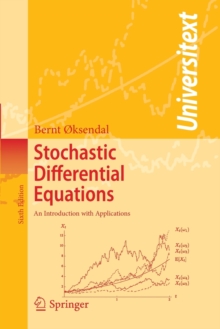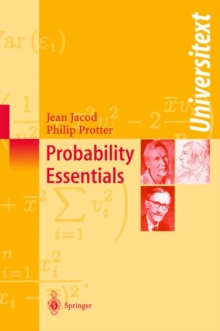
Description
Cohomology and homology modulo 2 helps the reader grasp more readily the basics of a major tool in algebraic topology. Compared to a more general approach to (co)homology this refreshing approach has many pedagogical advantages:
1. It leads more quickly to the essentials of the subject,
2. An absence of signs and orientation considerations simplifies the theory,
3. Computations and advanced applications can be presented at an earlier stage,
4. Simple geometrical interpretations of (co)chains.
Mod 2 (co)homology was developed in the first quarter of the twentieth century as an alternative to integral homology, before both became particular cases of (co)homology with arbitrary coefficients.
The first chapters of this book may serve as a basis for a graduate-level introductory course to (co)homology. Simplicial and singular mod 2 (co)homology are introduced, with their products and Steenrod squares, as well as equivariant cohomology. Classical applications include Brouwer's fixed point theorem, Poincare duality, Borsuk-Ulam theorem, Hopf invariant, Smith theory, Kervaire invariant, etc. The cohomology of flag manifolds is treated in detail (without spectral sequences), including the relationship between Stiefel-Whitney classes and Schubert calculus. More recent developments are also covered, including topological complexity, face spaces, equivariant Morse theory, conjugation spaces, polygon spaces, amongst others. Each chapter ends with exercises, with some hints and answers at the end of the book.
Information
-
Download - Immediately Available
- Format:PDF
- Publisher:Springer International Publishing
- Publication Date:08/01/2015
- Category:
- ISBN:9783319093543
Other Formats
- Paperback / softback from £74.99
Information
-
Download - Immediately Available
- Format:PDF
- Publisher:Springer International Publishing
- Publication Date:08/01/2015
- Category:
- ISBN:9783319093543










